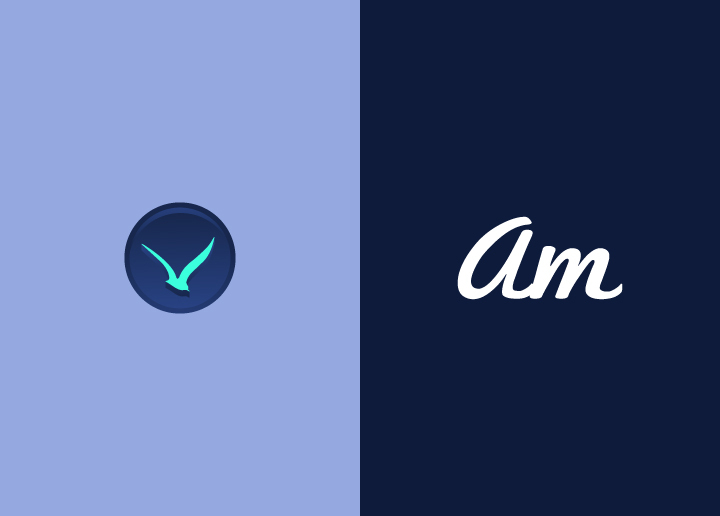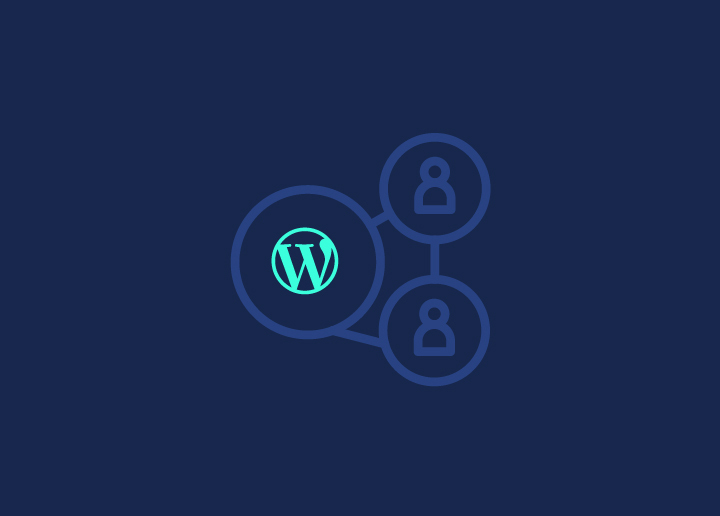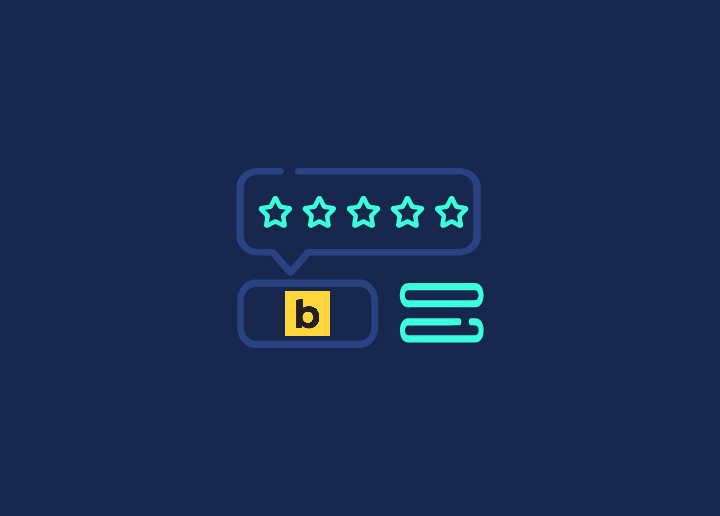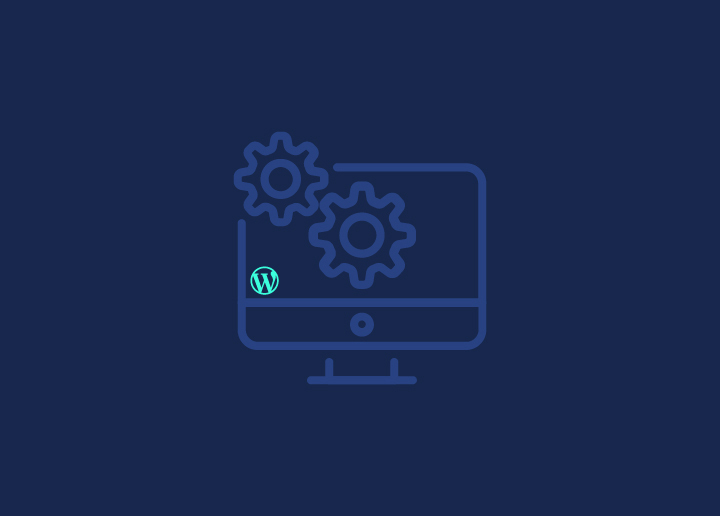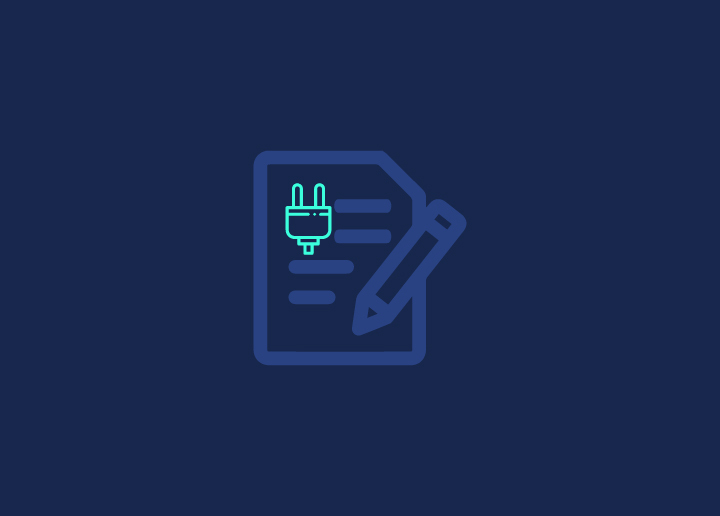A parent theme is a complete WordPress theme that can be used as is or customized by a child theme. Customizing a parent theme with a child theme is the recommended way to make changes to your site. This allows you to update the parent theme without losing your customizations.
There are two types of parent themes:
1. Full-fledged: These themes come with all the bells and whistles, including comprehensive documentation. They’re ideal for those who want to create a unique site without starting from scratch. Some famous examples include the Genesis Framework and Thematic.
2. Blank/Starter: These are “barebones” themes that come with just the basic structure and functionality. They’re intended to be used as a starting point for developers who want to create their custom theme. A few famous examples include Underscores (_s) and FoundationPress.
If you’re new to WordPress themes, we recommend starting with a full-fledged parent theme.
Tips for Working with Parent Themes
When working with parent themes, here are some tips to keep in mind:
- Make sure you have a good understanding of how the parent theme works before making any changes.
- Be careful not to break any functionality when making changes to the parent theme.
- Always create a child theme if you plan on making significant changes to the parent theme. This will allow you to keep your changes separate from the parent theme and make it easier to update the parent theme in the future without losing your customizations.
Conclusion
Parent themes are an excellent way to build a foundation for your projects and save time in the long run by reducing development time. They can also help you avoid code duplication and performance issues, allowing you to focus on creating something exceptional for your website visitors. So if you’re looking for a convenient way to build complex websites quickly, then parent themes could be just what you need!
